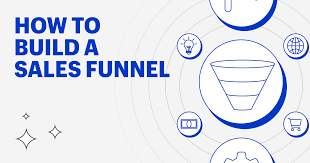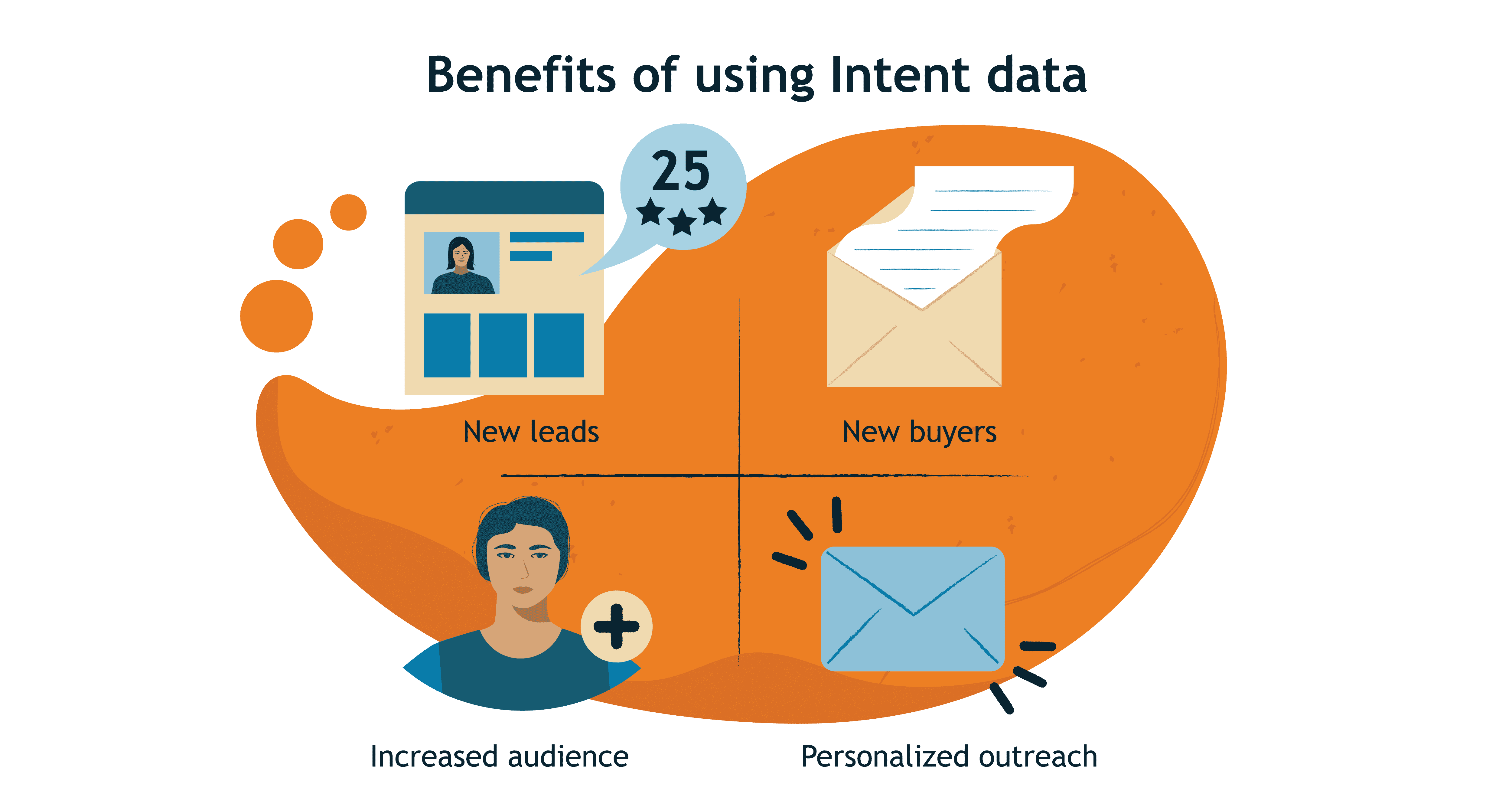Lead generation is key to achieving scalable growth for any business. To effectively do this, there are a few essential steps.
First, determine your target market and identify the challenges that potential customers face. From there, develop targeted messaging that resonates with potential customers and positions your brand as the solution to their challenges. Having a strong understanding of your target audience is critical to generating and converting leads. Doing the research to understand your ideal customer’s preferences and needs is invaluable and will allow you to craft your lead generation and conversion strategies around that.
Quality lead generation and successful lead conversion are possible with a few tried-and-true strategies. Create content like webinars, eBooks, or articles to help educate potential customers about how your solution solves their challenges. This can help convert leads into customers more efficiently. It is essential to establish clear lead generation and conversion goals. Knowing exactly what success looks like will ensure you’re on the right track in meeting those goals.
Social media is also a great way to generate leads. Create content that potential customers can engage with and track conversions through social media posts. Explore running social media ads to attract more qualified leads. Using data analysis tools and website analytics can help track which content resonates most with your target market. Monitor this information and continually optimize content for better engagement.
Implementing a multi-channel lead generation and conversion strategy is an essential key to increasing the reach of your efforts. Taking advantage of a combination of traditional, digital, and even non-traditional marketing efforts can provide more avenues for customers to come into contact with your message and eventually convert it into leads.
Significant results begin with a strong and comprehensive plan.
Below are five proven strategies for lead generation and lead conversion:
1. Invest in accurate data
- Use targeted lists and high-quality sources.
- Effective segmentation to ensure accuracy.
- Cleaning and organizing the data can help.
- Refine it, as well as stay in tune with industry changes.
2. Focus on lead nurturing: Ensuring that prospects get all the information they need to make a purchase should be your number one priority. Offering newsletters and e-mail campaigns with informative content is a great way to build trust and convert prospects.
3. Engage potential customers: Reach out to prospective buyers with relevant content and follow-up in order to convert them into paying customers. Establish an easy and intuitive process that eliminates as much friction as possible, such as optimizing websites and simplifying online checkout forms.
4. Take advantage of analytics: Leverage data and metrics to identify successful campaigns, assess opportunities, and determine when and how to maximize your return on investment. Data helps identify problems, as well as gain insight into what buyers want and how to target them effectively.
5. Make your sales process Audience-oriented: Make the buying process about the customer and what’s in it for them. Avoid jargon and use audience-centric language when speaking to them. Offer advice and incentives to drive customers to make the final decision to purchase.
Lead generation and successful lead conversion are essential in gaining a significant competitive advantage in the market. By following the above strategies, you will be on the right track to find and nurture quality leads that will ultimately bring you significant results.





